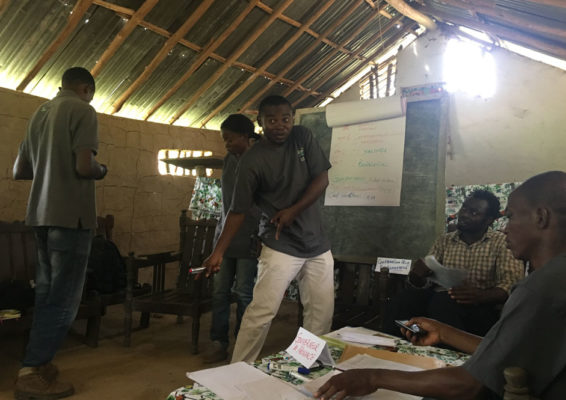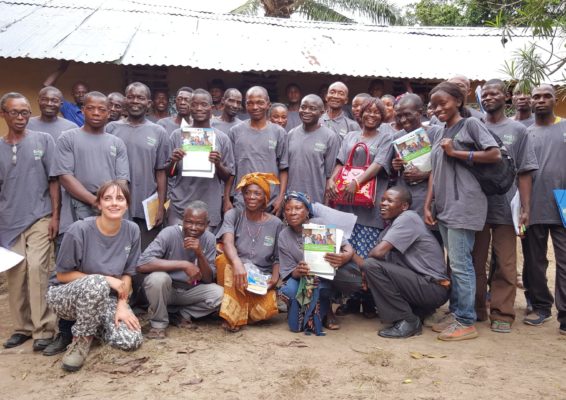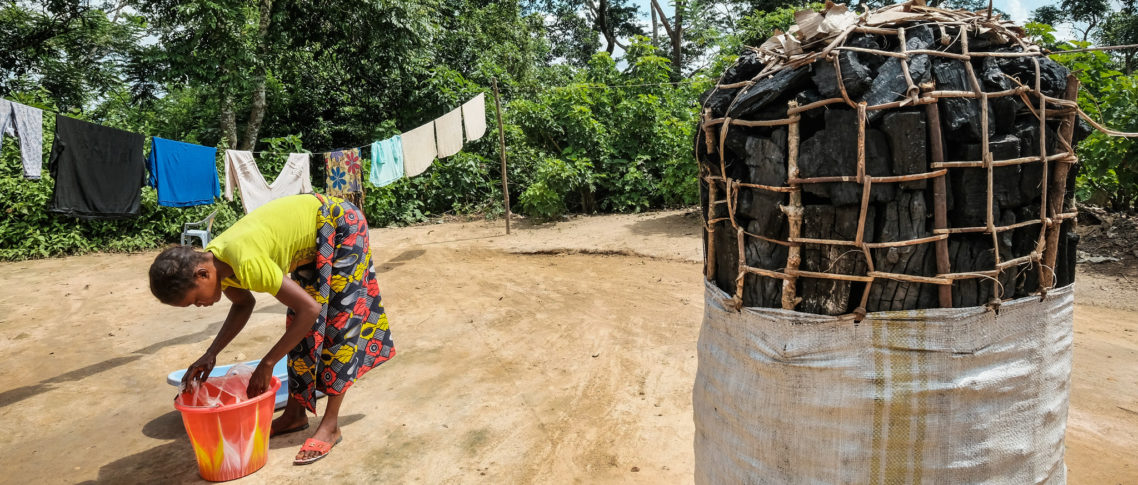Elena Vissa is a recent forestry graduate at the University of Padua in Italy. She conducted field research in the Democratic Republic of Congo (DRC) supported by CIFOR’s FORETS project for her master’s degree.
Elinor Ostrom (1933-2012), a prominent researcher on common-pool resources – which include forests – and one of only two women to receive the Nobel Prize in Economics, argued that when communities can effectively control natural resources, they will manage them to their benefit and ensure long-term sustainability.
However, she cautioned that the following conditions must be met: knowledge, trust and communication within community members; the existence of institutions; and the absence of an intervention by an external authority.
Inspired by Ostrom’s teachings, last summer I traveled to the Democratic Republic of Congo (DRC) to witness first-hand the degree to which community managed forests can contribute to sustainable development and reduce rural poverty. With the support of the Center for International Forestry Research (CIFOR), I set up base in Yanonge, a small town located 60 kilometers from the city of Kisangani, on the left bank of the Congo river.
Though the project FORETS (Formation, Recherche et Environnement dans la Tshopo) funded by the European Union, CIFOR scientists are helping local communities to set up a community forest. The initiative is led by supported by Jean-Pierre Botomoito, the district manager, supported by the traditional leaders. When I met them, they explained that they are afraid that their forest will be awarded as a concession to a logging company, so they would like to secure and formalize their rights to exploit the forest resources before that happens. The project is therefore guiding the community to fulfill the different criteria and navigate the bureaucracy to obtain a title.
Drowning in paperwork
In 2014, a decree in DRC established the legal concept of “local community forest concession” (LCFC), which gave communities the right to claim up to 50,000 ha of forest land on the basis of their customary rights free of charge, according to the law. Once communities obtain the title of LCFC they should be allowed to exploit the forest for subsistence or commercial uses, following a sustainable management plan to be developed through a participatory approach.
In practice, however, setting up a community forest in DRC is not an easy task. First, communities often have little information on their rights and on the process to request the LCFC – in most cases, people are not even aware of the existence of any kind of forest law. Second, while the request is theoretically free, there are a number of associated costs that are out of reach for most communities. For example, it requires a detailed mapping of the area, which means hiring external experts and renting equipment.
The communities where FORETS is working are very isolated. I conducted my research in five different villages: Romée, Ikongo-Ecole, Utisongo, Biondo, and Bokuma, which together are known as the Yainyongo group. Only the first two can be reached via a bumpy and narrow path accessible by motorbike, the others require a hearty trek through a slippery path in the forest and a few river crossing improvisations. The biggest village has approximately 100 different households, while the smallest has only 20.
Isolation is a major obstacle. These communities have little contact with the outside world and are not aware of their rights over the neighboring forest. Therefore, it is difficult for them to understand the requirements to request a LCFC, even for the district manager. This is why FORETS is accompanying them in the process.
According to CIFOR, the project is committed to ensuring that the community benefits from the existing provisions in the Congolese legal framework, support the implementation of an economic and financial plan, and ensure that community forestry contributes to sustainable development.


